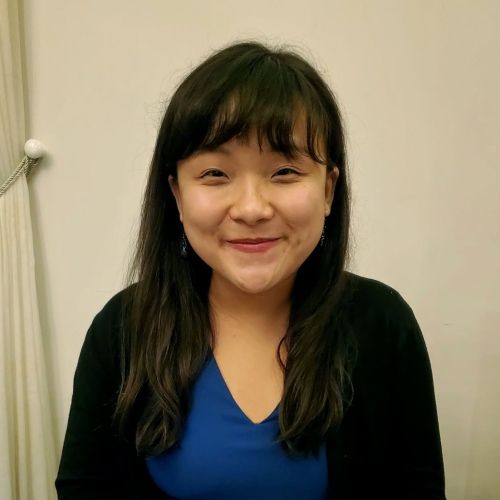
HKDSE history exam a mixed bag: Paper 1 was far more difficult than past papers, but the demands of Paper 2 were as expected
In the first paper, there were two particularly tricky questions, featuring sources which were difficult to interpret
 History Paper 1 was harder than expected, but Paper 2 was about the same as past papers
History Paper 1 was harder than expected, but Paper 2 was about the same as past papers Paper One of this year’s DSE History exam was more challenging than in previous years, while the difficulty level of Paper Two was similar to the past, students said.
Paper One consists of four compulsory data-based questions. The questions, which are worth 60 per cent of the total score, this year provided students with sources including a comic book cover, news clips, book and speech excerpts, debate arguments, and a table.
Paper Two, worth 40 per cent, asked candidates to pick two out of seven essay questions.
Miuccia Chan, 17, said the most demanding questions in Paper One were Q3 & Q4, which examined students’ knowledge of the first world war, and international cooperation after the second world war respectively.
“Both had sources which were hard to understand and interpret, and I spent a good amount of time just trying to … get the gist of [them],” said the Maryknoll Convent School student.
K. W. Ho, a tutor from King’s Glory Educational Centre, agreed that these two questions were “difficult to deal with”, although the rest of the exam questions were easier than usual. “Many students were likely to be unprepared for Q3 because the rarely tested topic - the first world war - appeared in 2016 & 2017, two years consecutively.”
Ho pointed out that Q3(c), which Miuccia had difficulty answering, was especially tricky, and required in-depth analysis. The question asked students to explain if they agreed with the statement “Widespread nationalism across Europe did not necessarily lead to the outbreak of a general war”.
“Students had to quote Source F [which focused on the Triple Entente and Triple Alliance] to support their answers. However, the evidence was not in plain sight, which means some students might be sidetracked, and focus on the discussion of the alliance system rather than nationalism, and therefore lose marks,” he said.
Beacon College tutor Lori Tsang, meanwhile, identified Q3(c) as “a new question type that uses negation”. He said that it’s very different from the commonly seen and more straightforward past question which asked students whether nationalism was the main cause of the first world war.
Question 2(c), however, gave students “more answering cues” than HKEAA used to, Tsang observed.
“With the line ‘Explain why you prefer one but do not prefer the other [a reformer as opposed to a revolutionary in 1911 during China’s revolution]’ added at the end of the question, students were guided to provide arguments both for one of the two options, and against the other,” he said.
Q4 covered a topic which students might not have revised as thoroughly, Ho told Young Post, because the curriculum’s coverage of international cooperation after the second world war was “very broad”, and contained a wide variety of topics.
“Students who did not understand the term ‘structural problem’ might have failed to answer Q4(b),” he said. This question required students to identify references of “elitism” as one of the structural problems of the United Nations in 1995 from a source that was difficult to understand.
Even with an extra 15 minutes this year to complete Paper One, Miuccia said she was “just as pressed for time as before, if not more”.
Laureen Wong, 18, said that Paper One “required [students to give] a lot of concrete evidence,” while Paper Two was roughly what she expected. The student from Baptist Lui Ming Choi Secondary School also added that practising by doing past papers was useful to familiarise herself with the marking scheme, as was drafting essay outlines for Paper Two.
Out of all the optional questions in Paper Two, Q5 was the most ambiguous one in which candidates were not likely to perform well, both Miuccia and Ho concurred. The question asked students to explain “How ‘cold’ was the Cold War.”
“It called for a detailed definition and was very open-ended,” said Miuccia, who avoided the question. Ho agreed, and said it’s also “difficult to describe and measure the ‘coldness’ of the war”, especially as there was a period when the relationship between the countries involved in the conflict was less intense.
Tsang said that candidates who chose to attempt this question must first define the nature of Cold War, and then explain if cold war was an indirect conflict.
“They should attribute a high intensity of ‘coldness’ to the conflict between the United States and the Soviet Union and support this with examples, but also not forget to mention the cooperation between the two countries, which slightly reduced the intensity,” he said.
Ho advised students taking the History exam next year to revise for a wide range of topics, and practise essay questions on comparison, which they tend to avoid. “These questions are actually easy to handle when students have become used to thinking about comparisons from various aspects, such as the economical, social, and political.”
